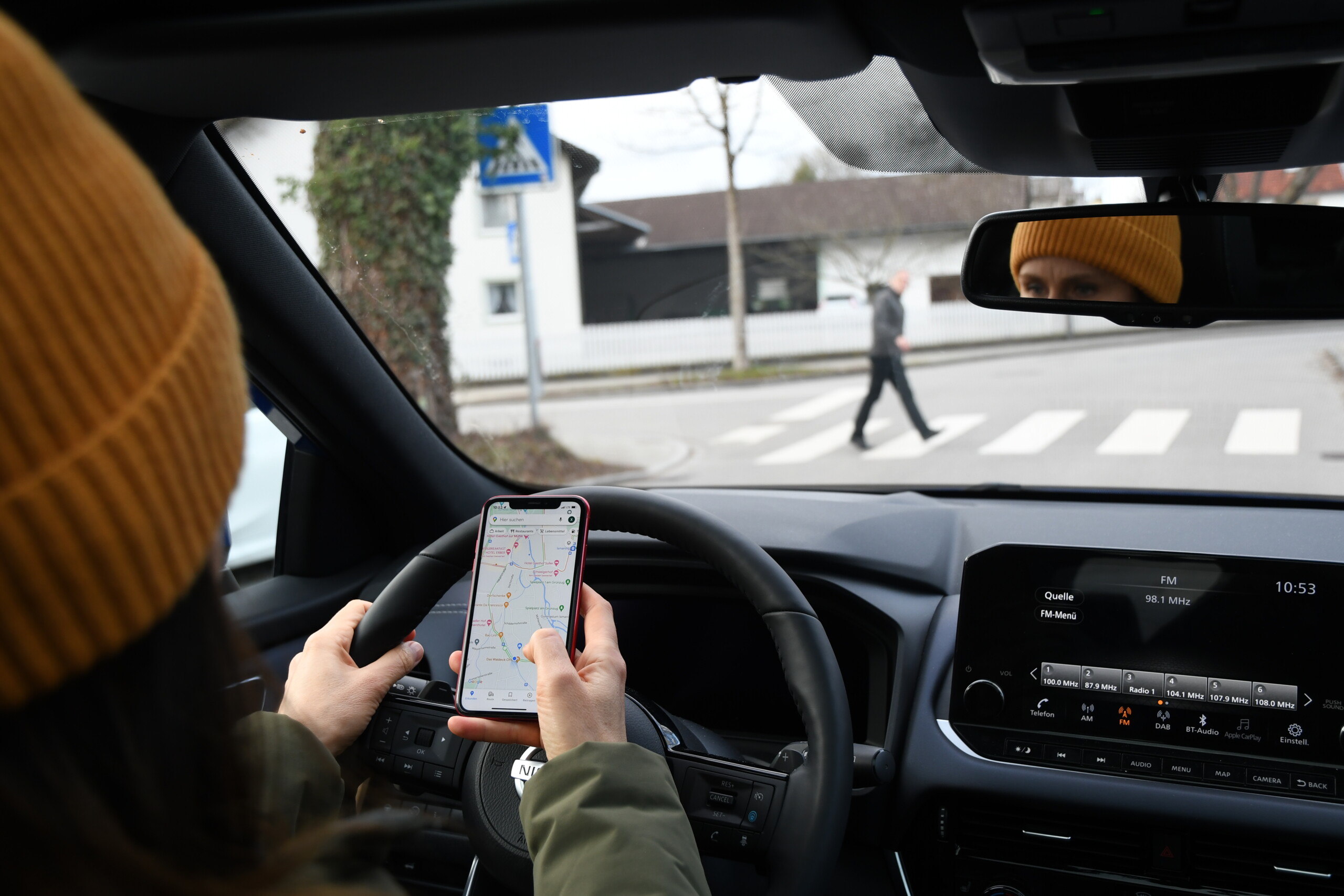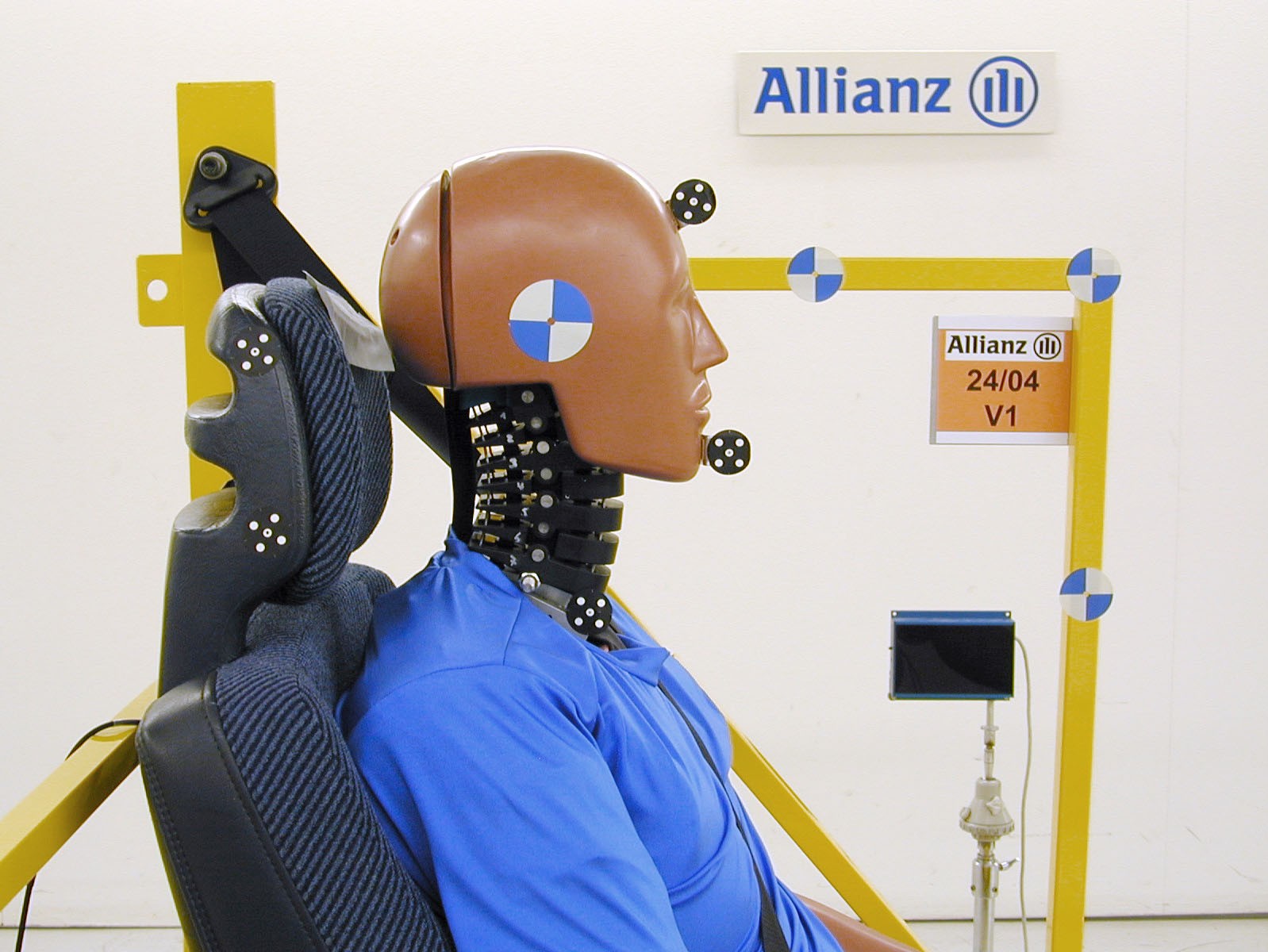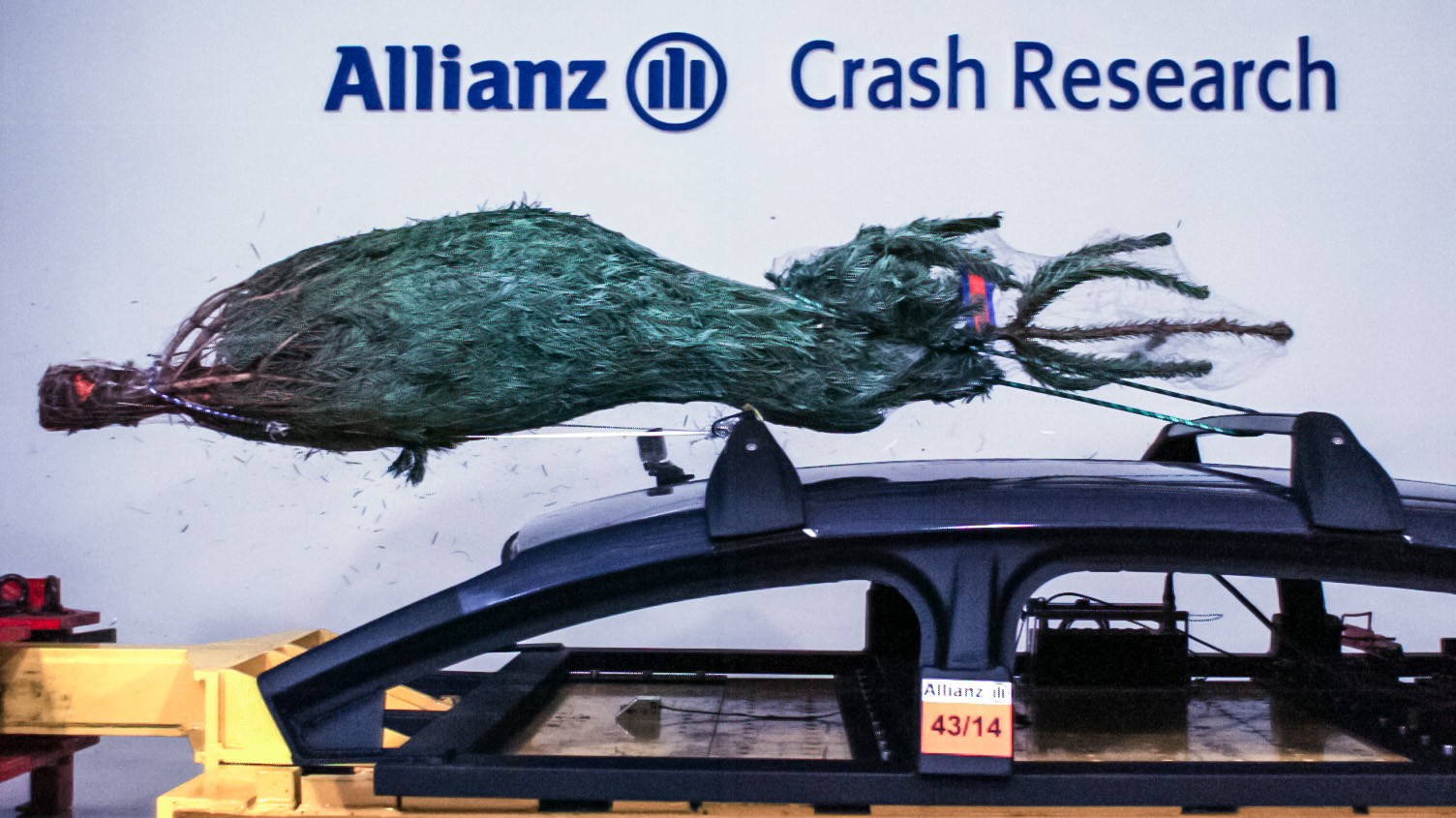Safety & Prevention
Road safety

According to the statistics of the World Health Organization (WHO), every year more than 1.35 million people across the world die in road traffic accidents, and up to 50 million are injured. In Germany, over 3,000 people lose their lives as a result of road-traffic accidents. The risk is high particularly for unprotected road users - pedestrians and cyclists.
Long-term road-safety research and road-safety work have always been indispensable in ensuring safe mobility on our streets and protecting people from injury. For almost 50 years now, AZT has been supporting this development via its own studies, committee work and safety campaigns. In this conjunction, the focus is, at all times, on the interaction in the human-vehicle-environment system, and safety is understood as the outcome resulting from safe people, safe vehicles and a safe environment.
To this end, accident research at AZT analyzes, in detail, vehicle damage using representative random checks from insured claims by addressing manifold questions. For example, this allows information to be gleaned on the course of events leading to an accident or the severity of injuries, and research may be conducted with regard to the frequencies of certain types of accidents or prevention potential. The investigations range from minor P&C damage to accidents resulting in extremely severe bodily injuries involving cars, trucks, motorcycles or other classes of vehicle. With the aid of collision tests, analytical case studies on accidents, survey studies and statistical evaluations, the safety research conducted at AZT sheds light on biomechanical problems, the interaction between humans and machines as well as on the conduct of road users. The focus here lies on groups who are especially at risk, such as senior citizens and young drivers, and on the risk behavior displayed by car drivers as in the case of distractions for example.
Topics are, amongst others:
- accidents involving trucks and goods vehicles
- large losses involving cars
- accidents involving agricultural vehicles
Die Sicherheitsforschung im AZT beleuchtet in Aufprallversuchen, unfallanalytischen Fallarbeiten, Befragungsstudien und statistischen Auswertungen Probleme der Biomechanik, der Mensch-Maschine-Interaktion und des Verhaltens der Verkehrsteilnehmer. Im Fokus stehen hier besonders gefährdete Gruppen wie Senioren oder junge Fahrer und das Risikoverhalten der Autofahrer wie etwa die Ablenkung.
Topics are, amongst others:
- pedestrian safety (Sicherheit zu Fuß Gehender (2019), in German language only)
- safety of cyclists and pedelec users (Sicherheit von Fahrrad- und Pedelec Fahrender (2013), in German language only)
- young drivers (Junge Fahrer und Fahrerinnen (2014), in German language only)
- bicycle helmet campaign (Video: Willi Weitzel hat's geschnallt - Fahrradfahren: Immer mit Helm!)
- senior citizens (Seniorinnen und Senioren (2009), in German language only)
- proper child safety in cars (Video: Willi Weitzel hat's geschnallt - Kindersitze)
- distractions while driving (Ablenkung durch moderne Informations- und Kommunikationstechniken (2016), in German language only)
- distraction and modern technology (Ablenkung und moderne Technik (2023), in German language only)
- the blind spot with trucks (Video: Schon gewusst? - Der tote Winkel)
External video
This video is loaded in a YouTube player. This means that Google collects information about your use of the information provided and uses it for analysis and marketing purposes. However, if you would still like to view this video, you must change the cookie settings.
Open cookie settings
"Schon Gewusst? - Der tote Winkel"
The insights gained from the AZT research on road safety are not only incorporated in measures and recommendations for damage prevention, but also serve the product development at Allianz companies in the interests of the customers. Auto liability, accident or fleet insurances may be oriented to the needs and risks of the road users. Via cross-company and international working groups and projects, results also contribute towards improved norms and standards as well as official positions and requirements put forward by safety committees and associations. Amongst others, the AZT experts also collaborate on the drafting of resolutions for adoption by the German Road Safety Council (DVR).
Accident analysis at AZT

BioRid Dummy for rear impact tests
The Allianz Center for Technology supports the accident analysis, the technical non-sales staff and the mobile claims service of Allianz with accident-analysis issues with regard to occupant safety, plausibility and compatibility, as well as in respect of especially complex loss events. These loss events are reconstructed and simulated or even "retraced" in experiments using state-of-the-art software.
Moreover, studies on current issues in accident analysis, accident reconstruction and occupant safety are published on a regular basis. The insights gained from these studies are then passed on both internally and externally during workshops, training seminars for experts, congresses and conferences.
These investigations cover the following areas:
- occupant safety with focus on cervical spinal distortion
- accidents with unprotected road users
- general liability claims
- minor collisions involving cars
- cargo securing (Video)

Road safety - the relevant crash tests
The Allianz Center for Technology does not only play an active role in improving repairability.
It is also dedicated to increasing road safety, for example, by providing Allianz customers with pertinent information. Do you know, for example, how to secure you dog properly? Or what could happen if you rest your feet on the dashboard? In such contexts, demonstration crashes are conducted on our own crash track in order to highlight the problems and raise awareness amongst car-drivers.
In practice, these experiments are aimed at demonstrating the forces involved in an accident and the consequences. These instructive tests are performed and published with regard to issues such as securing cargo, travelling with dogs in the car, the proper use of seatbelts and airbags, as well as fan processions and cycling.
Protect yourself and any passengers entrusted to your care!
External video
This video is loaded in a YouTube player. This means that Google collects information about your use of the information provided and uses it for analysis and marketing purposes. However, if you would still like to view this video, you must change the cookie settings.
Open cookie settings